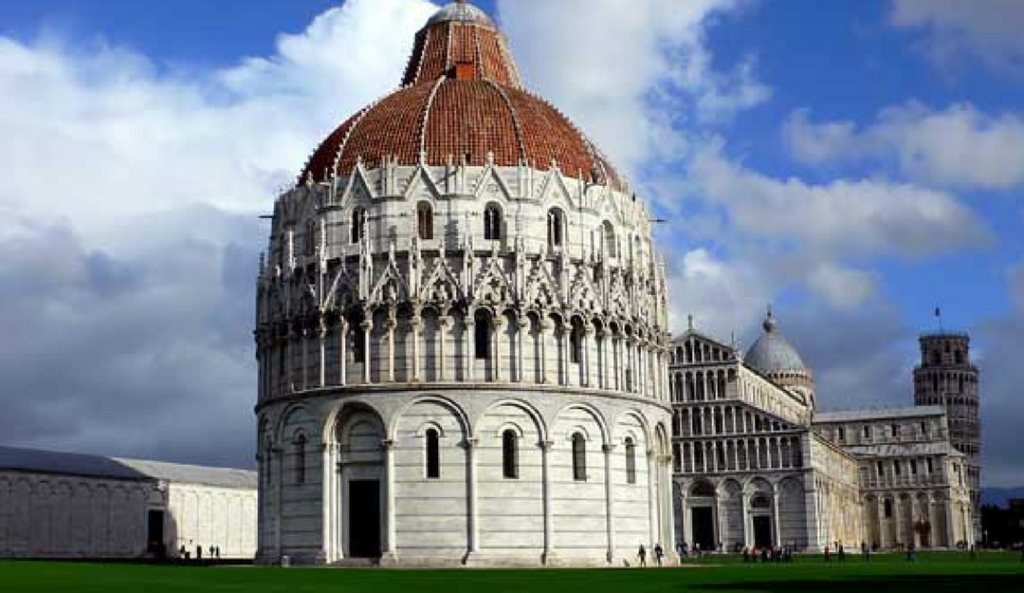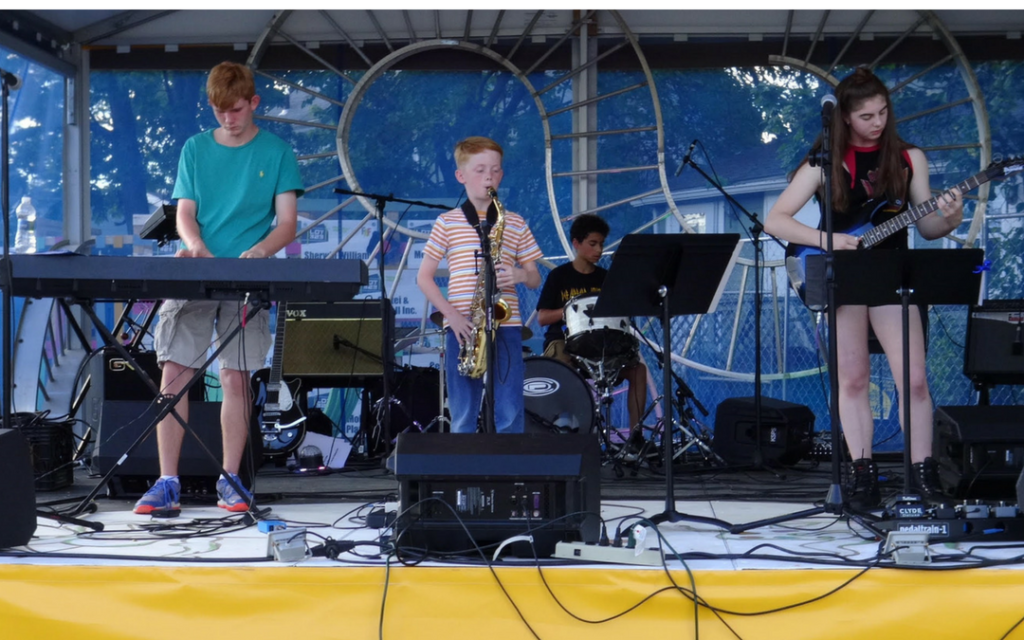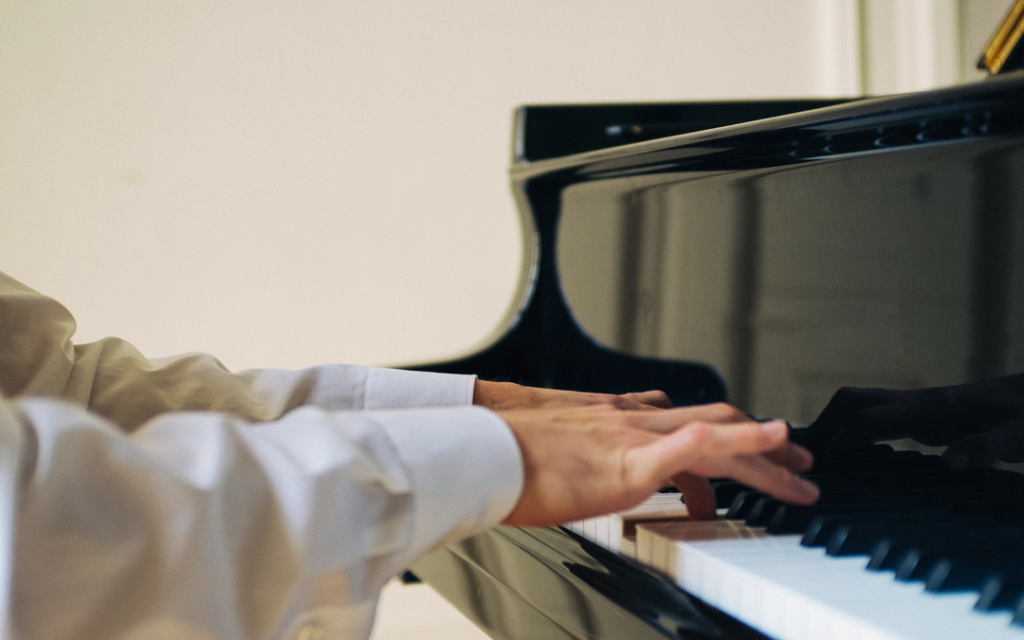The whole world looked on today as the cathedral of Notre Dame burned in a violent fire that has destroyed the roof and its 150 year old spire. Notre-Dame de Paris; meaning (“Our Lady of Paris”), also known as Notre-Dame Cathedral or simply Notre-Dame, is a medieval catholic cathedral on the Île de la Cité in the fourth arrondissement of Paris, France. The cathedral was considered to be one of the finest examples of French Gothic architecture. The innovative use of the rib vault and flying buttress, the enormous and colorful rose windows, and the naturalism and abundance of its sculptural decoration all set it apart from the earlier Romanesque style.
Popular interest in the cathedral blossomed soon after the publication of Victor Hugo’s novel The Hunchback of Notre Dame in 1831. This led to a major restoration project supervised by Eugène Viollet-le-Duc, who added the cathedral’s iconic spire, from 1844 to 1864. The liberation of Paris after world war II was celebrated within Notre Dame in 1944 with the singing of the Magnificat. Beginning in 1963, the facade of the cathedral was cleaned of centuries of soot and grime, returning it to its original color. Another campaign of cleaning and restoration was carried out from 1991–2000. The cathedral celebrated its 850th anniversary in 2013. This history this structure has seen makes its destruction unbelievably sad.
During the late 12th and early 13th centuries, an important group of composers and singers working under the patronage of the great Cathedral of Notre-Dame in Paris. The Notre-Dame school is important to the history of music because it produced the earliest repertory of polyphonic (multipart) music to gain international prestige and circulation. Its four major forms are organum , a setting (for two to four voice parts) of a chant melody in which the chant is sung in sustained notes beneath the florid counterpart of the upper voice(s); clausula, actually a section within an organum composition corresponding to a melismatic (many notes per syllable) section of the chant and characterized by a decisive acceleration of pace in the voice having the chant; conductus, a processional composition in chordal style and not derived from any preexistent chant; and motet, similar to the clausula, from which it evidently evolved, but with the addition of new texts, often secular, in the upper parts.The composers of the Notre-Dame school are all anonymous except for two, Léonin , or Leoninus (late 12th century), and Pérotin, or Perotinus (flourished c. 1200), both of whom are mentioned in a 13th-century treatise by an anonymous Englishman studying in Paris. According to the treatise, Léonin excelled in the composition of organa and, in fact, composed the Magnus liber organi (“Great Book of Organa”), which contains a series of two-part organa for the entire liturgical year. Pérotin, the apparent successor to Léonin, is cited for his three- and four-voice organa, as well as his “substitute clausulae,” newly composed clausulae intended for insertion within the older organa.
Not only is the Cathedral a center of culture, art, faith and academics since its incarnation, this historic place has shaped politics and helped pave the road to our contemporary society. Within its walls, musicians over centuries rewrote the rules of music. Combining melodies, phrases and rewriting the very ways we read and write the music of today. From anonymous academics, clergy, monks, the signing of political treaties, folklore, literature and its enormous structure and famed bell towers, the Cathedral de Norte Dame, will live on and harmoniously rise from the ashes.




